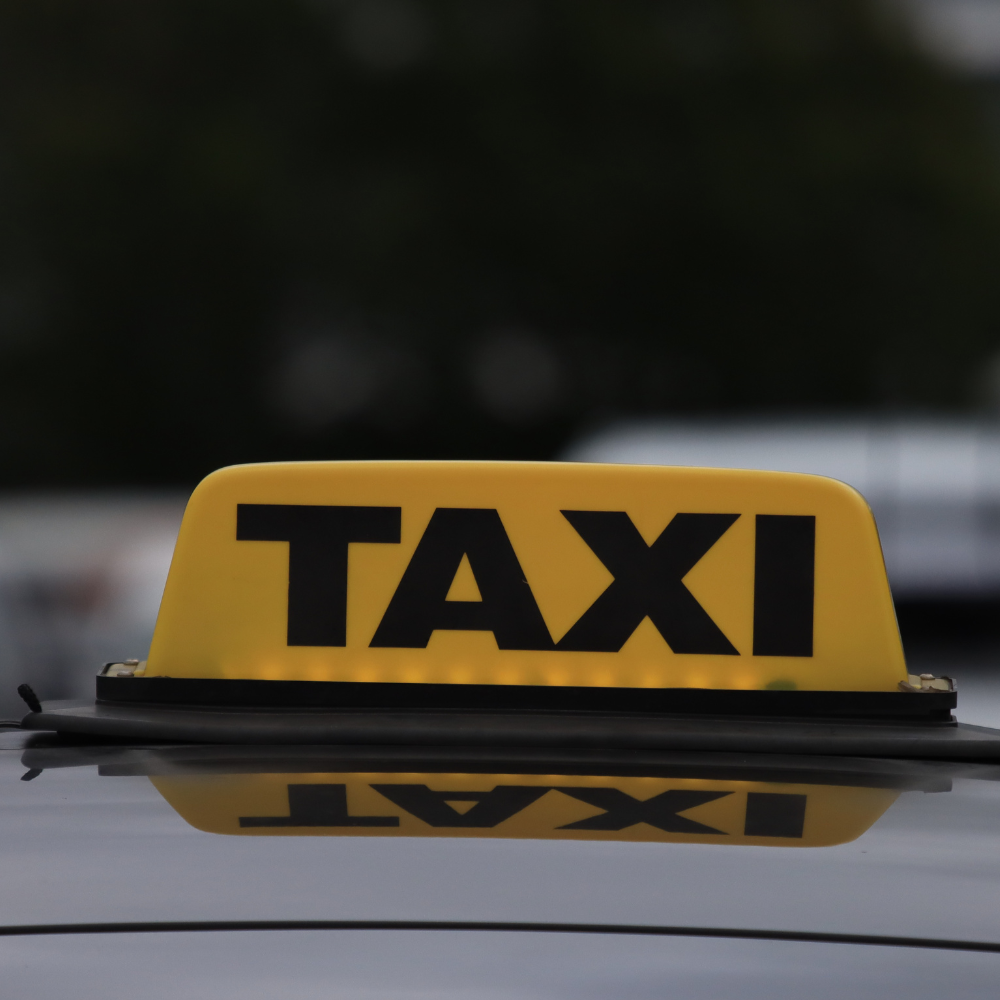How Taxi Dispatch Management Systems Optimize Passenger Wait Times

The rise of taxi dispatch management systems has transformed how taxi companies handle operations, driver coordination, and customer satisfaction. One of the most critical improvements brought by these systems is the reduction of passenger wait times—a key factor in determining customer experience and loyalty.
Evolution of Taxi Dispatch Systems
Traditional taxi services relied heavily on manual dispatch operations. Passengers would call a taxi company, the operator would record details, and then contact available drivers via radio to assign a ride. This process was slow, often inefficient, and prone to human error.
With the advancement of technology, digital dispatch systems emerged, leveraging GPS tracking, mobile applications, and cloud-based software to automate the process. Modern taxi dispatch management systems integrate real-time data analytics and AI-driven algorithms to continuously optimize routes and improve dispatch accuracy. These tools not only enhance driver performance but also ensure that passengers get the fastest possible service—reducing wait times significantly compared to older systems.
Recent Blog
Top Dispatch Management Services in USA
Limo Dispatch Management for Weddings, Events, and…
Real-Time GPS Tracking and Smart Allocation
When a passenger books a ride through the app or call center, the system uses geo-location technology to pinpoint their location. Then, through intelligent algorithms, it assigns the nearest available driver—considering not only distance but also traffic conditions, driver status, and road congestion.
This smart allocation system dramatically reduces response time. Instead of waiting for a dispatcher to manually find a driver, the system automatically selects the most optimal one within seconds. The result is shorter passenger wait times and improved driver utilization.
For instance, if multiple passengers are located in a similar area, the system can dynamically adjust the order of pickups or assign multiple nearby drivers to different requests.

Route Optimization and Traffic Intelligence
Even after a ride is assigned, route efficiency plays a vital role in minimizing wait times. Advanced taxi dispatch management systems incorporate AI-based route optimization to find the quickest, most efficient path for drivers to reach passengers and drop them off.
Traditional navigation tools focus solely on distance. In contrast, dispatch management software uses real-time traffic data, road closures, and historical travel patterns to determine the best possible routes at any given moment. This ensures that drivers avoid congested roads and reach passengers faster.
In some systems, route optimization is further enhanced through machine learning, which continuously learns from past data to improve routing efficiency over time. This allows taxi companies to fine-tune their operations for peak performance.
Automated Dispatching and Load Balancing
Manual dispatching often creates inefficiencies, especially when multiple requests arrive simultaneously. Automated dispatching resolves this issue by eliminating human delays and subjectivity from the decision-making process.
A taxi dispatch management system automatically processes multiple booking requests and assigns drivers according to pre-set parameters—such as proximity, route feasibility, and current traffic flow. This automation ensures fairness, accuracy, and balance among all drivers, preventing overloading certain areas or leaving others unattended.
This automated approach significantly reduces passenger wait times, as no ride request remains unprocessed due to human oversight. The system’s ability to handle multiple requests simultaneously ensures that even during high-demand periods, rides are dispatched quickly and efficiently.
Passenger Communication and Real-Time Updates
Transparency and communication are key to reducing perceived waiting times. Even if a passenger must wait a few minutes, knowing exactly where their driver is and how long it will take can make the experience feel faster and more reliable.
Modern dispatch management systems provide real-time tracking and notifications through mobile apps or SMS updates. Once a booking is confirmed, passengers can see their driver’s live location, estimated arrival time, and even driver details such as name, vehicle model, and contact number.
Predictive Analytics and Demand Forecasting
One of the most revolutionary aspects of modern taxi dispatch systems is their use of predictive analytics. By analyzing historical trip data, weather patterns, events, and passenger behavior, these systems can forecast future demand trends with remarkable accuracy.
Such proactive planning ensures that passengers in these zones experience minimal wait times, as drivers are already stationed nearby. This not only boosts efficiency but also increases the number of completed rides per hour—benefiting both passengers and the taxi company’s bottom line.


